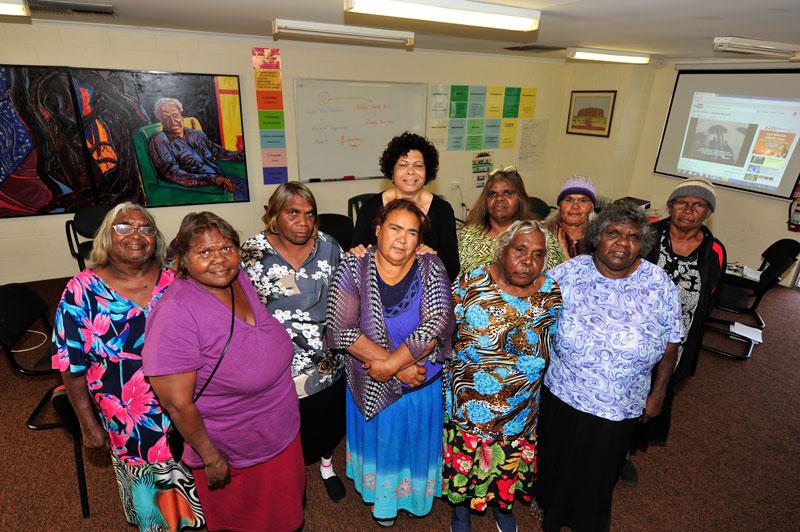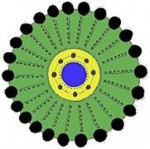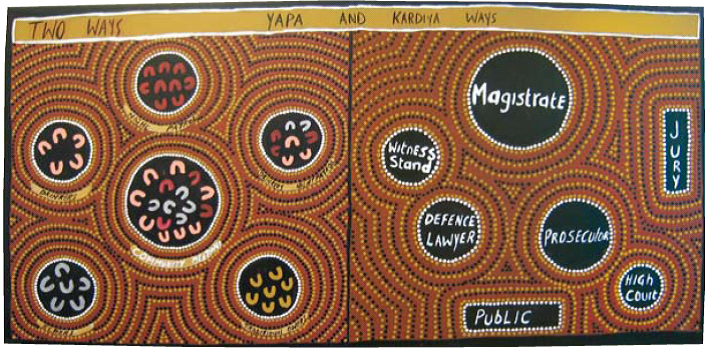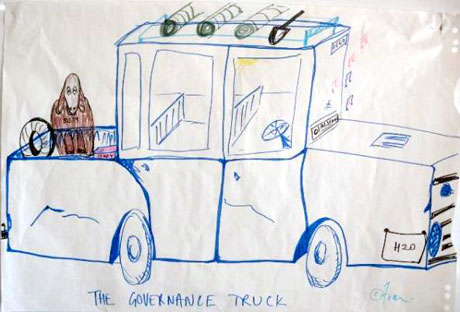

NPY Women’s Council (NPYWC) was set up in 1980 and incorporated in 1994...
Self-determination and community control The Murdi Paaki Regional Assembly (MPRA) is comprised of the Chairs or representatives of 16 Aboriginal Community Working Parties (CWP’s) across the Murdi Paaki Region of NSW...
The NPY Women’s Council became incorporated under new legislation in 2008 The council undertook a significant period of consultation with its members—spread across a large geographic region—in the lead-up to lodging its new rulebook (formally known as the constitution) with the Office of the Registrar of I...
This symbol shows how we are moving to have strong, representative government The symbol is about Thamarrurr - the traditional government of our ancestors and the building blocks of the future Our new Thamarrurr Council is built on these foundations:...
This painting titled 'Two Ways: Yapa and Kardiya Ways' is reproduced with the kind permission of the artists, Gwen Brown and Marjorie Hayes, members of the Kurduju Committee from Ali Curung in the Northern Territory...
Participants at Reconciliation Australia’s Sharing Success-Indigenous governance workshop in Port Hedland (WA, 26–27 June 2007) likened their community governance to their faithful old community truck It’s not an unrealistic fantasy Its been designed to do the job they need it to do in the local conditions...
Aboriginal and Torres Strait Islander Legal Service (Qld) Ltd (ATSILS) deliver criminal, family and civil law services as well as community legal education, law reform, prisoner care services and a deaths in custody (and police complaints) monitoring role...
Bendigo Indigenous Homework Centre (BIHC) was set up in 2008 as a joint initiative by the Bendigo Local Indigenous Network, the Goldfield Local Learning and Employment network and the Department of Education Childhood Development...
Maari Ma Health Aboriginal Corporation is a community controlled regional health service providing for the needs of Aboriginal people in far west NSW...
Waltja Tjutangku Palyapayi Aboriginal Corporation is a community-based organisation, working with Aboriginal families in remote Central Australia and the APY lands in South Australia Waltja Tjutangku Palyapayi is Luritja language, meaning for “doing good work with families” and the name encapsulates the Walt...


.png)





